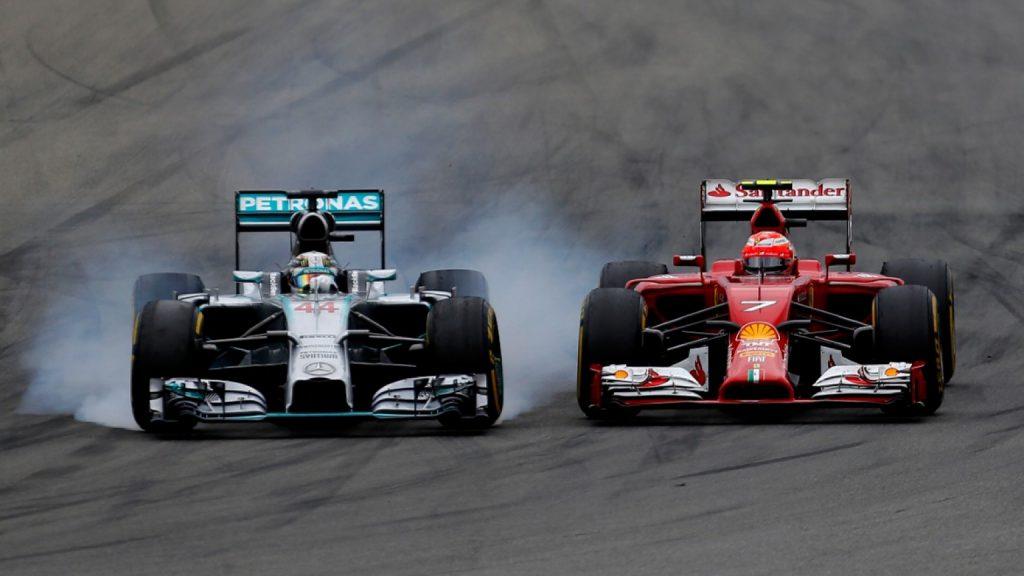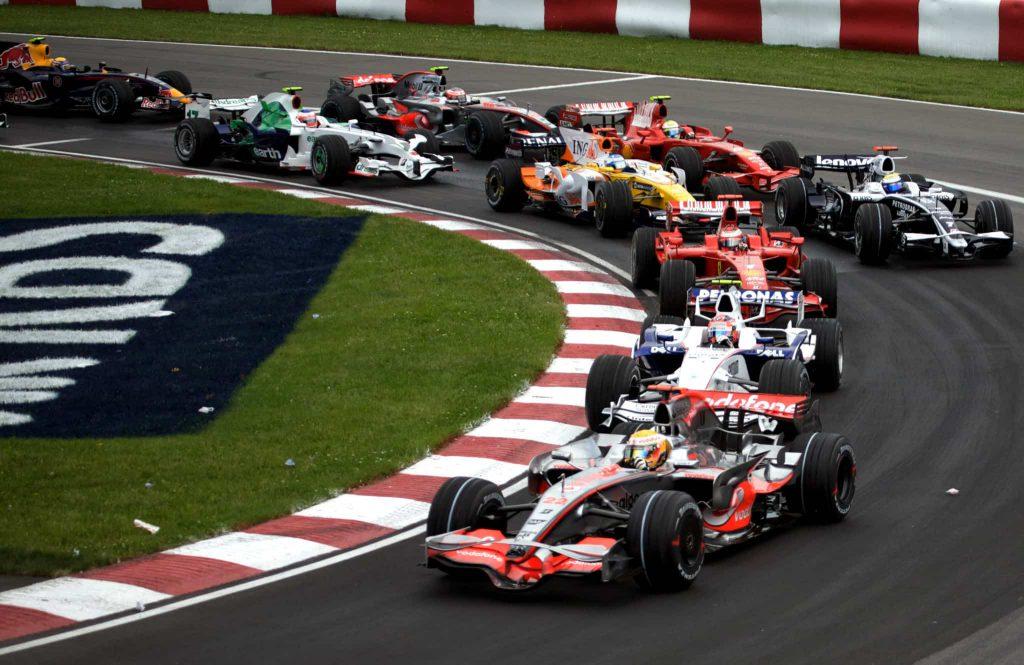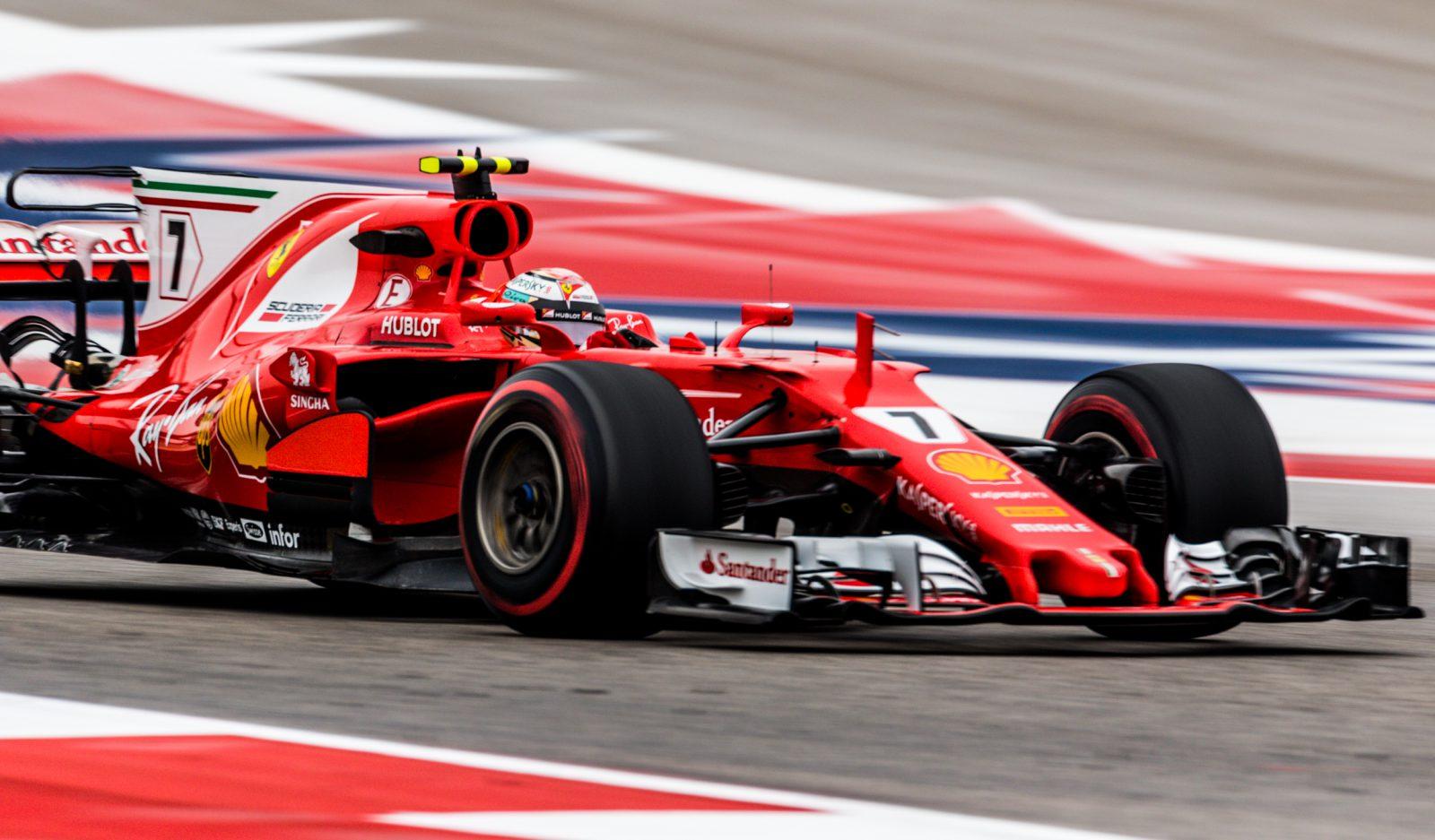Are you an avid fan of Formula 1 racing events? Then, you would be all excited to know how much does a Formula 1 car cost that offers a unique design and outlook. What’s the wait for? Let’s dive deeper into the pricing breakdown to estimate the price of every component that is assembled into making this wonderful car.
Contents
How Much Does A Formula 1 Car Cost?
Formula 1 car design includes a single seat and an open interior and falls under the open-wheel racing category. You must have seen a Formula 1 race on your television, but do you know how much it costs to bring it on the track? Do you know that a Formula 1 car is assembled from more than 80,000 different parts and the assembly accuracy must be 100% in theory? The total cost to make an F1 car is estimated at around 10 million or more. According to the Fédération Internationale de l’Automobile (FIA), that number is much larger because it depends on factors such as vehicle design and each season’s regulations. Usually, this whopping amount usually increases year by year. Read on, to get a detailed insight into the costing parameters.
1. Engine – The most expensive of all
F1 cars are equipped with powerful engines with the purpose of making impressive speeds on the track. That’s the reason why the engine is considered the most expensive part of Formula 1 vehicles. The engine of a racing car ought to be the most powerful of all. A turbocharged 1.6-litre V6 engine characterizes the engine of a Formula 1 car. In terms of cost, the engine expenditure is liable to surge up to $4 to $10 million. The price is pretty justified owing to the 29% fuel efficiency it offers.
A fun fact; popular teams such as Mercedes, McLaren, and Mercedes that outsource their engine from Honda save on the engine costs to some extent. This is just 10% of how much does a Formula 1 cost; the other expenses are mind-boggling too.
Read more:
2. The Monocoque – The single-shell structure
The chassis design of a Formula 1 car is composed mainly of carbon fiber and assorted lightweight materials. The permissible weight limit put forward by the regulatory board accounts to 733 kg. This weight is inclusive of the driver’s weight but exclusive of the fuel.

The average rate that carbon fiber costs is $21.5 per kg. The overall monocoque of the Formula 1 car costs up to $650,000. It is not a good option to compromise with the chassis cost as this one part needs to be durable and enduring.
3. The rear wings – The drag reduction system
Wings form an essential part of a Formula 1 car owing to the car’s balancing requirement on the turns. The F1 car has an adjustable rear wing or aptly the drag reduction system (DRS). This helps in battling through the turbulent air that may pose a restriction while overtaking.
When on a straight path, a driver can utilize the DRS system that, in turn, opens the rear wing. The opening of the rear wing, trims down the drag of the car thus more of speed. The cost that the rear wing incurs is about $150,000; when outsourced from the best of hardware manufacturers.
4. Gearboxes – The Semi-automatic system
The transmission is an important part of an F1. F1 cars often use seamless, high-precision semi-automatic transmissions. An F1 team will have to spend nearly 440,000 USD to develop the gearbox. In case they want to upgrade the gearbox so that the car has more impressive performance in competition, they have to spend another 160,000 USD. Formula 1 cars consist of a gearbox that is made out of carbon titanium. The car has a semi-automatic gearbox with eight forward gears and one reverse gear. An interesting fact; a driver is liable to change gears for about 3000-3500 times on average, in a single race.
The cost that goes into making a gearbox is nearly $450,000. There are times when a team may opt for upgrading the gearbox to attain higher performance. Such a change may further heighten the cost by nearly $160,000.

5. Fuel cost
On average, an F1 car “consumes” about $ 500,000 for fuel in a season. About 200,000 liters of gasoline are used per car in each F1 season including training and competition. The fuel tank cost of the F1 car is about 140,000 USD.
6. Accident damage costs
Just one accident, no matter how small or big, causes serious damage to the F1 on the track. Some reports published in 2015 and 2014 estimate that an F1 car can cost up to about 550,000 USD to recover from an accident, which includes damage to the front / rear wings, chassis, and some engine parts. This cost is also calculated in the total cost of F1 cars.
The Comparison Chart
Here are some other costs based on the category that goes into the making of the Formula 1 car. You could also go through industry knowledge for methods that help estimate a car’s price.
|
Category |
Estimated Costs |
|
Front Wing & Nose Cone |
$300,000 |
|
Steering Wheel |
$70,000 |
|
Hydraulics |
$200,000 |
|
Cooling System |
$220,000 |
|
Tires |
$1715 |
|
Fuel Tank + Installation |
$140,000 |
Watch to understand more why is the Formula 1 so expensive:
Conclusion
The total basic expenditure of a Formula 1 car is about $15.52 million. Now that you know how much does a Formula 1 car cost, you can share the information further. One should also understand that the investment in these cars is worth it. This is due to the profits inferred from the advertising on-screen as well as off-screen.




fuck yeah, F1 is most expensive racing in the word <3